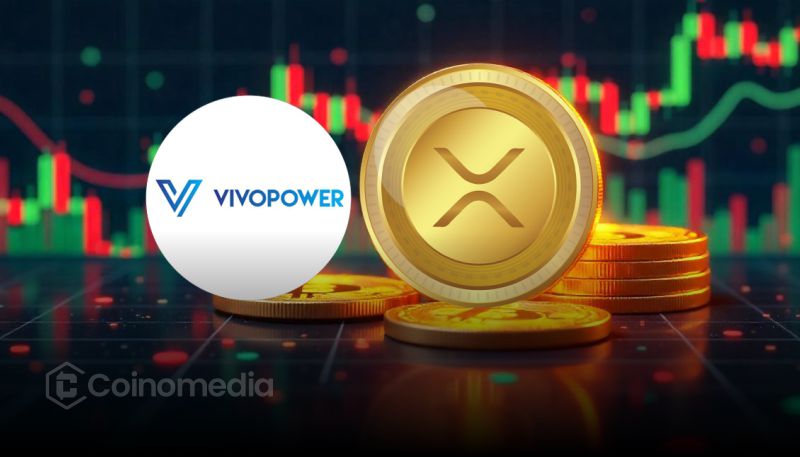
- VivoPower partners with Flare for a $100M XRP yield initiative
- The move targets institutional-grade returns using the XRP Ledger
- Partnership highlights rising confidence in tokenized finance
In a significant move for the crypto space, Nasdaq-listed firm VivoPower International has partnered with Flare Network to deploy $100 million in XRP. The partnership aims to generate institutional-grade yield using the XRP Ledger (XRPL), marking a strategic step forward in bridging traditional finance with blockchain-based solutions.
This development positions XRP not just as a digital asset for payments but as a serious player in decentralized finance (DeFi) infrastructure for institutional clients.
Leveraging the Power of XRP Through Flare
Flare Network, known for its interoperable smart contracts and data protocols, will facilitate the yield generation process. By utilizing Flare’s ecosystem, VivoPower plans to unlock stable, risk-adjusted returns from its XRP allocation. This deployment is part of a broader push to use blockchain assets for passive income, with a focus on transparency and on-chain security.
The $100M XRP allocation underscores a growing trend of corporate and institutional interest in digital asset yields—something previously dominated by individual DeFi investors.
Institutional Confidence in Tokenized Finance Grows
This partnership could be a strong indicator of growing confidence in blockchain-based finance. By choosing XRP, VivoPower shows its belief in the XRP Ledger’s ability to provide fast, low-cost, and scalable transaction settlements. This move may inspire other publicly traded companies to explore similar blockchain strategies.
Overall, this collaboration signals a maturing market where established institutions are increasingly comfortable leveraging crypto for yield generation.
Read Also :
- Avail Launches Nexus Mainnet, Unifies Liquidity Across Ethereum, Solana, EVMs
- Bhutan Transfers 160 ETH to QCP Capital
- Chainlink Reserve Adds 87K LINK, Nears 1M Milestone
- CME Pauses Globex Futures Trading Over Technical Glitch
- Will Bitcoin Flip Bullish This December?



